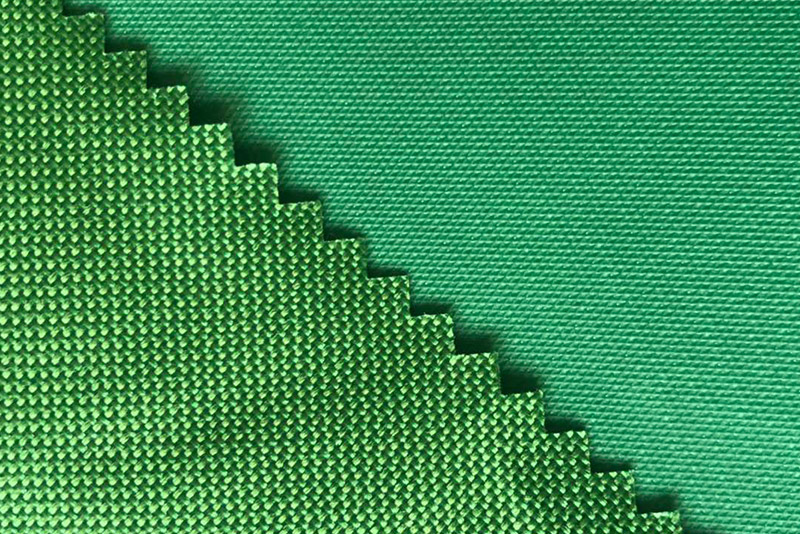Why is there always a color difference between the fabric sample and the large sample?
The dyeing factory generally makes samples in the laboratory, and then enlarges the samples in the workshop according to the samples. The reasons for the inconsistent color finish and color differences between the samples and the large samples may be as follows:

1. Different color cotton
Before coloring, the natural cotton cloth should be scouring or degreasing, and the small sample may not be pre-treated, or the processing method of the small sample may be different from the production of the large sample in the workshop. The moisture content of the natural cotton cloth is different, and the different moisture content of the small sample has a greater impact. Because the moisture content is different, the weighing is also different. For this reason, it is required that the natural cotton cloth for sampling must be exactly the same as the natural cotton cloth produced in the workshop.
2. The difference of dyes
Although the dyes used for the small sample and the dye used for the large sample are of the same variety and strength, different batch numbers or inaccurate weighing of the small sample may cause differences between the small sample and the large sample. It is also possible that the dyes used in the production of large samples have been agglomerated and damp, and some dyes are unstable, resulting in a decrease in strength.
3. The pH of the dye bath is different
Generally, it is more accurate to grasp the pH value of the dye bath for small samples, while the pH value of large samples is unstable or no acid-base buffer is added during the production of large samples. Due to the alkalinity of the steam during coloring, the pH value increases during the production of large samples, and some disperse dyes Such as ester group, amido group, cyano group, etc. are hydrolyzed under high temperature alkaline conditions. There are also some dyes whose carboxyl groups can be ionized under alkaline conditions, the water solubility is increased, and the dyeing rate is reduced. When the pH value of most disperse dyes is 5.5-6, the color finish is normal and stable, and the dyeing rate is also higher. However, when the pH value increases, the color changes. Such as disperse and black S-2BL, disperse dark blue HGL, disperse gray M and other dyes when the pH value is above 7, the color changes obviously. Sometimes the natural color cotton cloth is not fully washed and alkaline after pretreatment, and the pH value of the dyeing bath increases during coloring, which affects the color finish.
Others, is the pre-treatment of natural cotton cloth pre-shaped?
If the large sample color cotton cloth has been pre-shaped, the small sample color cotton cloth has not been pre-shaped, even the large sample and the small sample have been pre-shaped, and the setting temperature is different, which can also cause different color absorption.
4. The influence of liquor ratio
In the small sample test, the bath ratio is generally larger (1:25-40), while the large sample bath ratio varies according to the equipment, generally 1:8-15. Some disperse dyes are less dependent on the bath ratio, and some are more dependent, so that the color difference is caused by the different bath ratios of the small sample and the large sample.
5. Effects of post-processing
Post-processing is one of the reasons that affects the color difference. It is very medium and dark. If you do not restore and clean it, in addition to the presence of floating color, it can also affect the color finish and produce certain color differences. Therefore, the reduction cleaning must be consistent with the small sample and the large sample.
6. The effect of heat setting
Disperse dyes can be divided into high temperature type, medium temperature type and low temperature type. The same type of dyes should be selected when color matching. In case of high temperature type and low temperature type color matching, the setting temperature should not be too high during heat setting, so as to avoid excessive temperature, which will cause some dyes to sublime and affect the color finish, resulting in color differences. . The requirements for the setting conditions of the small sample and the large sample are basically the same. Because of whether the pretreatment is set or not, the setting conditions (temperature) have a great influence on the color absorption of polyester (the greater the degree of setting, the lower the dyeability, so the small sample cloth must be consistent with the large sample (that is, use before production. Workshop semi-finished product replica).
Post time: Sep-24-2022
